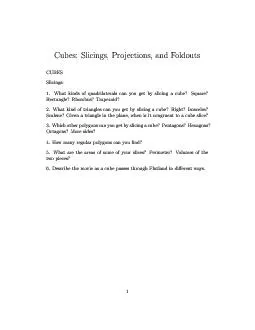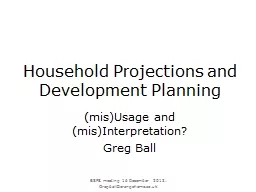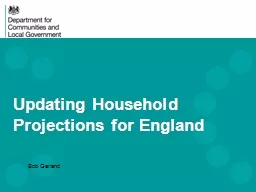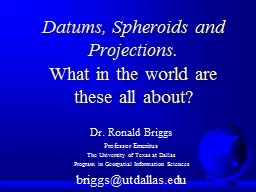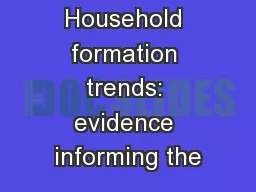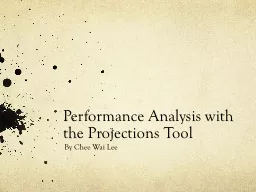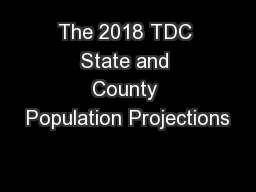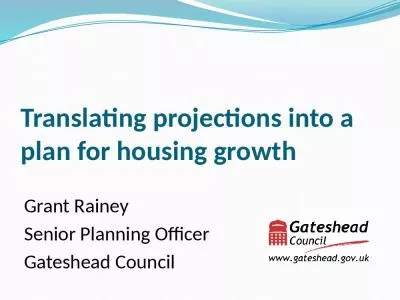PPT-Integrated projections
Author : alexa-scheidler | Published Date : 2018-11-18
of US air quality benefits from avoided climate change Fernando Garcia Menendez Rebecca K Saari Erwan Monier Noelle E Selin Joint Program on the Science
Presentation Embed Code
Download Presentation
Download Presentation The PPT/PDF document "Integrated projections" is the property of its rightful owner. Permission is granted to download and print the materials on this website for personal, non-commercial use only, and to display it on your personal computer provided you do not modify the materials and that you retain all copyright notices contained in the materials. By downloading content from our website, you accept the terms of this agreement.
Integrated projections: Transcript
Download Rules Of Document
"Integrated projections"The content belongs to its owner. You may download and print it for personal use, without modification, and keep all copyright notices. By downloading, you agree to these terms.
Related Documents



